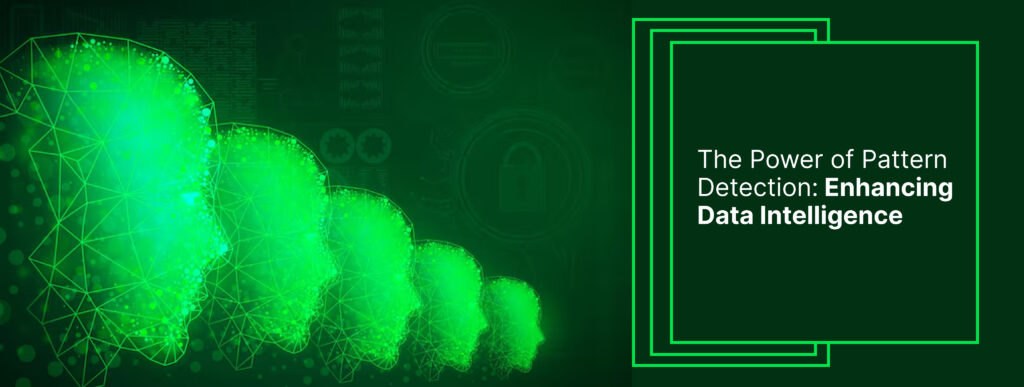Data Profiling: Finding Patterns For Better Data Management
Finding Patterns For Data Management
The Essence of Data: Beyond the Surface
As a crucial analytical tool, data profiling turns unprocessed datasets into understandable stories. It uncovers the complex patterns and underlying narratives concealed within data, going beyond simple observation. A key component of this process is the discovery and examination of data patterns, which are frequently subtle and hidden. Deeper comprehension and insightful interpretation are made possible by realizing that data is not a collection of unrelated facts but rather a structured entity governed by recurrent themes.
The Spectrum of Patterns: Decoding Data’s DNA
Data patterns can take many different shapes, and each one provides a different set of insights. Standardized date or phone number formats are examples of format patterns that guarantee consistency. Value patterns draw attention to recurrent distributions and values, exposing similarities. Relationship patterns show dependencies by revealing correlations between data profiling items. Trends and seasonality are revealed by temporal patterns, which show changes across time. Unusual trends or departures from the norm indicate possible mistakes or anomalies. Accurate analysis and strategic decision-making are made possible by the recognition of these patterns, which are essential to efficient data profiling management.

The Power of Pattern Detection: Enhancing Data Intelligence
Pattern recognition has several applications in data profiling. By detecting discrepancies and facilitating focused data profiling, cleaning, and standardization, it enables thorough data quality assessment. Validation rules can be applied to guarantee data integrity by defining expected patterns. Additionally, pattern recognition is essential for trend analysis and insight discovery, which yield important data for strategic planning. Additionally, it streamlines data processing by directing data transformation and standardization. Most importantly, it helps prevent fraud and detect anomalies by pointing out discrepancies that can indicate mistakes or malicious activity.
The ProfilingTechniques: Tools for Unearthing Hidden Insights
To find patterns, a variety of advanced methods are used. While statistical analysis uses metrics like frequency distributions and correlations to uncover value and relationship patterns, regular expressions are used to find and evaluate format patterns. Time series plots and scatter plots are two examples of visualization tools that offer clear visual representations of connection and temporal patterns. By combining data points with like attributes, clustering techniques make segmentation and classification easier. Complex patterns and deviations are found using machine learning approaches, such as anomaly detection algorithms. Lastly, data mining techniques are used to uncover previously unidentified links by revealing hidden patterns within massive datasets.
The Real-World Impact: Applications Across Industries
Pattern detection’s transformational impact is demonstrated by its practical applications across multiple sectors. Customer buying trends are examined in e-commerce to tailor suggestions and enhance advertising efforts. In order to identify fraudulent transactions, spending patterns are closely examined in the finance industry. Patient data is examined in the medical field to find trends in illness and forecast results. Production data is tracked in manufacturing to guarantee quality assurance and streamline procedures. Network intrusion patterns are found in cybersecurity to stop intrusions. These illustrations highlight how important pattern recognition is for promoting well-informed choices and operational effectiveness.
The Transformative Conclusion
To sum up, data patterns are the unspoken language of data that provide insightful information and facilitate well-informed decision-making. Data profiling ensures quality, consistency, and actionable intelligence by enabling enterprises to fully utilize their data through efficient pattern identification procedures. When we attain a deeper grasp of the data’s underlying themes and trends through an awareness of its “DNA” allows for improved data management and strategic results. By carefully analyzing data patterns, raw data is turned into a resource full of useful insights that help organizations make better decisions and achieve greater success. Visit our website and follow our LinkedIn page.

